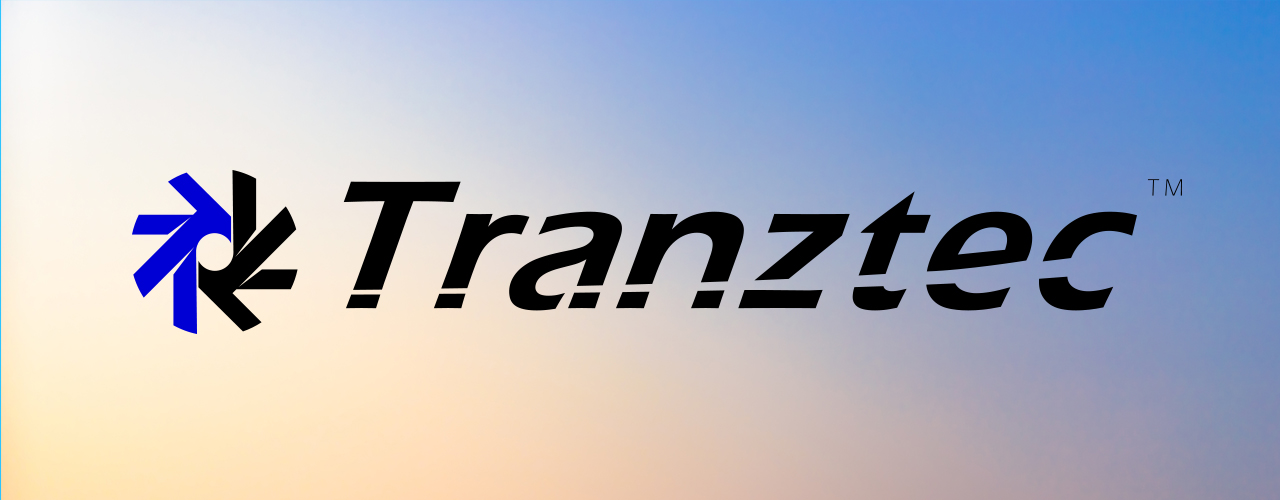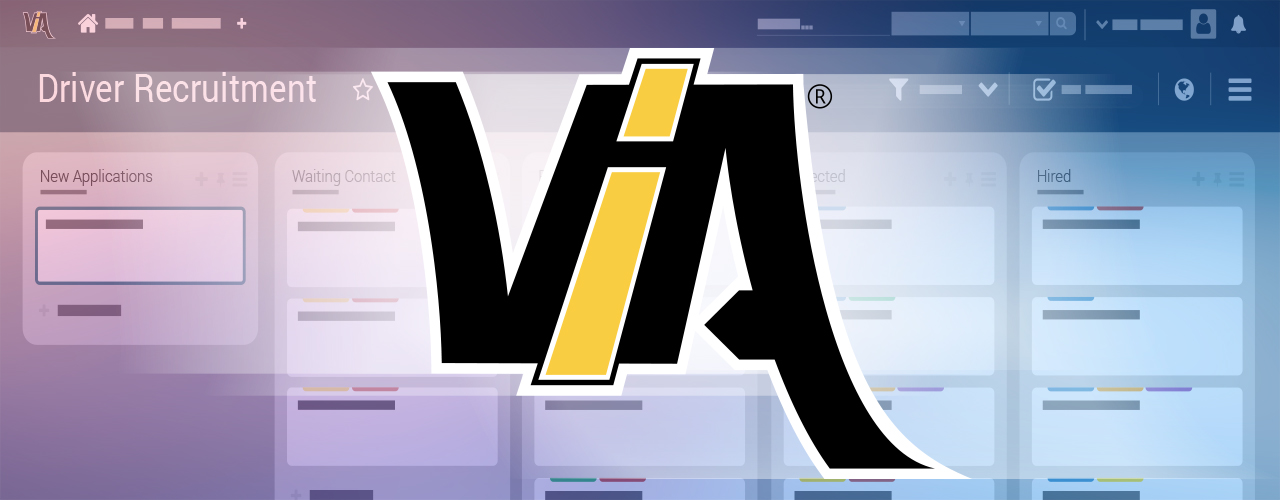As our economy continues to grow, due in part to recent federal tax reform, the trucking industry has seen a robust demand for freight, however, one issue continues to plague the trucking industry – driver shortage and the ability to quickly on-board drivers.
In a recent survey by the American Transportation Research Institute, driver shortage was deemed to be the largest concerns by trucking companies trumping even the recent ELD mandate. Driver retention (another large contributor to company’s shortage issue) also made the list at #3.
We often ask ourselves is what are some of the fundamental pain points our industry is facing and how can technology be utilized to help solve these issues. With this in mind, we have identified 4 major issues that we believe can be solved with the right on-boarding software:
- The Inability to quickly acquire resumes – Every potential driver that is looking to work for you must first fill out the necessary forms, but acquiring and distributing these forms to the right hands in your organization is no simple task. The best way to tackle this is to find a system that allows you to easily receive driver on-boarding information from your website and quickly get it in the hands of the right person to process it. If you’re still processing resumes by hand, you are burning valuable time and money.
- No centralized system for managing incoming applications – A lot of companies don’t have a system that is designed specifically for on-boarding drivers. This causes issues as there is no way to properly track and mange each application that comes in the door. In order to modernize this process, key personnel within your organization need to have a software offering where they can quickly reference information on any incoming candidates. This will allow them to properly manage the on-boarding process.
- Tedious safety and background checks – So you have your driver applications in the hands of the right person and can quickly track the status of each resume, but how do you know what drivers are truly a good fit for your company? Obtaining the resumes is only half the battle, now the tedious background check must begin. The best solution for this is to use an on-boarding platform that seamlessly integrates with online pre-screening sources so you can instantly see if your prospect driver is right for the job.
- Too much manual data entry – Finally, you found the right driver for the job and are ready to forward with the hiring process…., but the work has just begun. You still need to enter the driver’s information into your transportation management system (TMS), and if you lose the driver, you need to remove the driver from the system. Considering driver turn-over is well over 100% for most companies, this could be a full-time job alone. The best answer to solve this is to find a system that integrates with your TMS and handles the data entry for you.
In conclusion, there are several onboarding tools out there that can greatly help you with driver onboarding, if you aren’t using one today, we strongly suggest you give one a try. If you feel the solutions we spoke to above would help you improve your operation, we would recommend you give us a call, our VIA® platform might be a good ft for you.
We hope you enjoyed this blog, if you want to learn more about Tranztec or VIA, we would love to hear from you through our instant chat, social media, contact page, or phone.
You can also keep up to date on everything Tranztec by subscribing to our newsletter.






